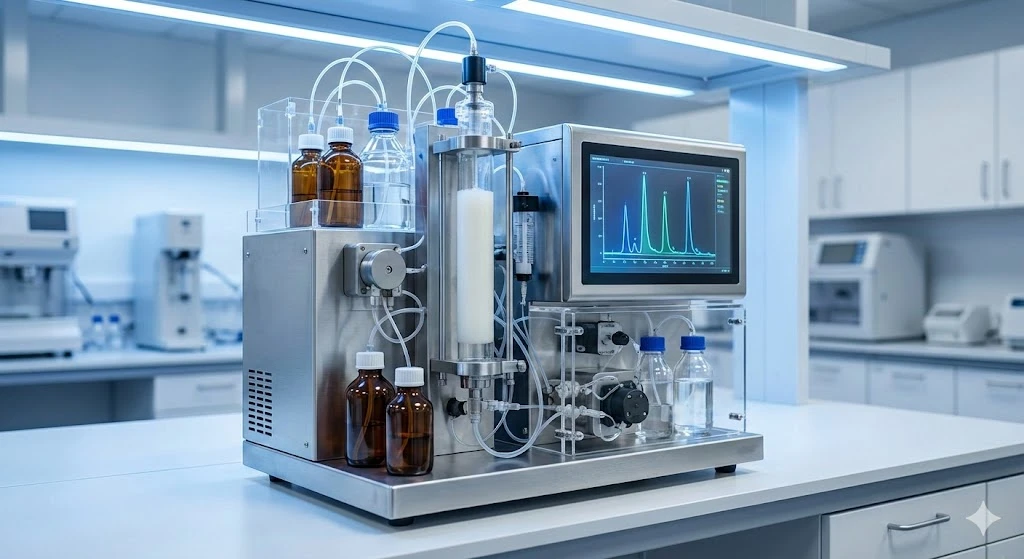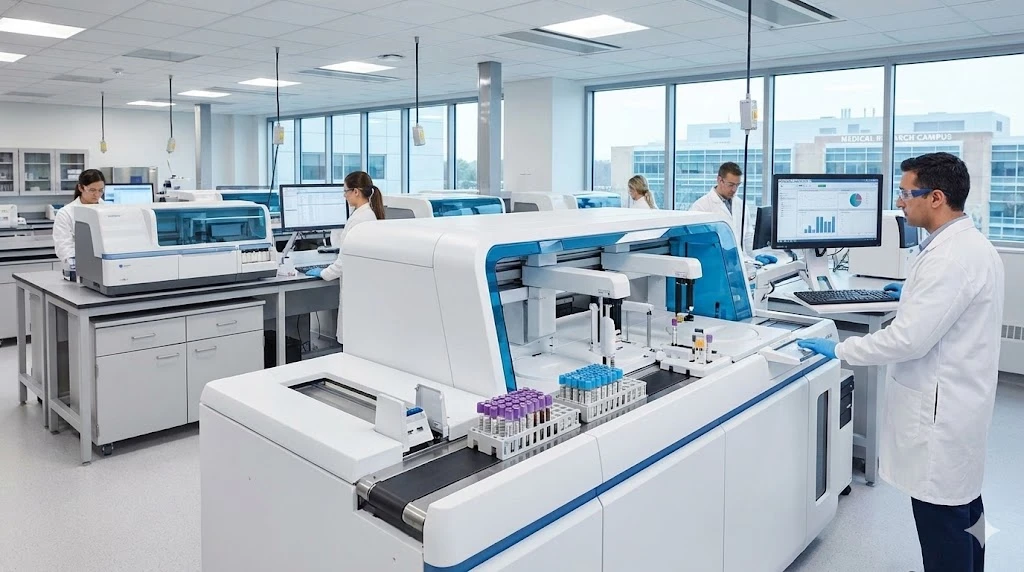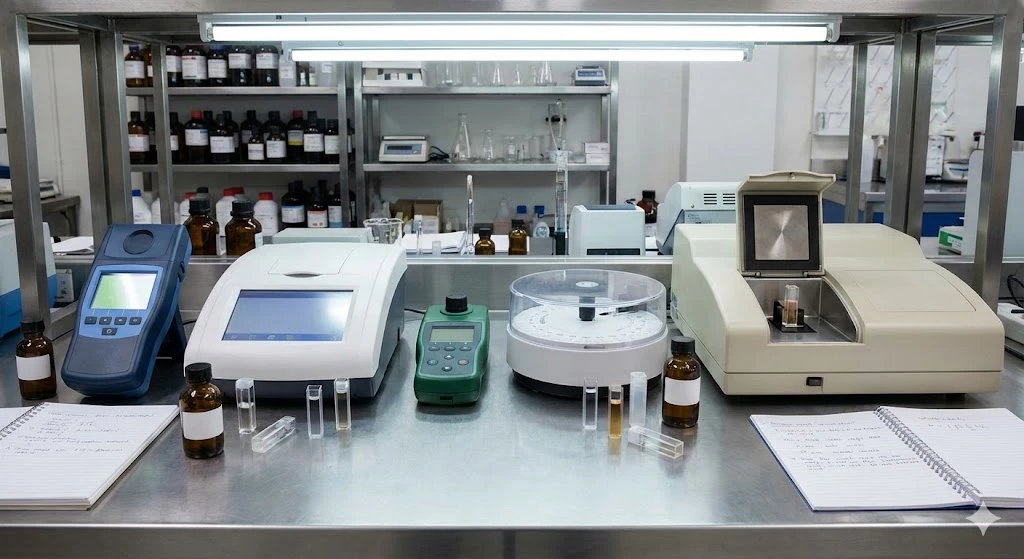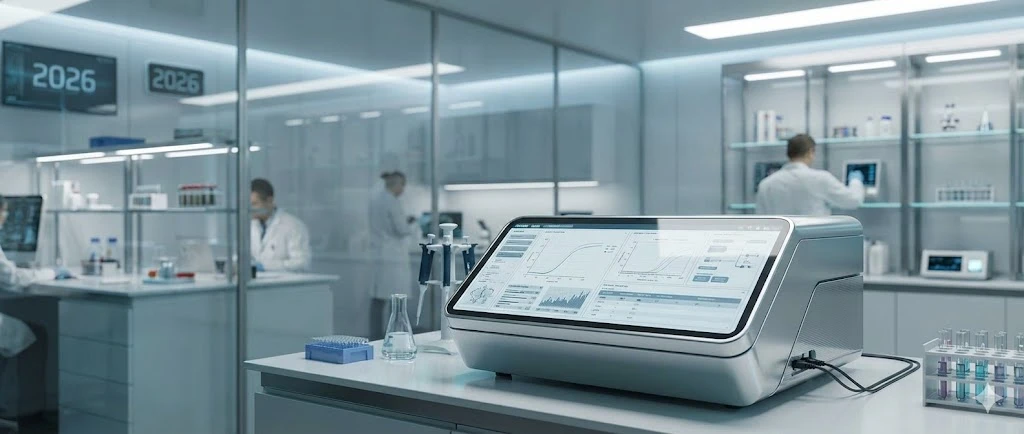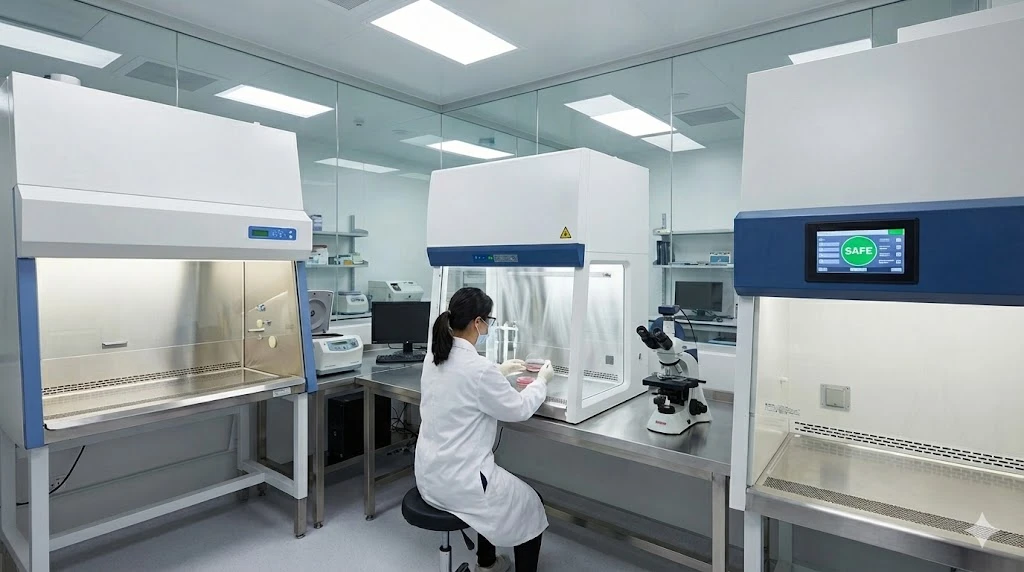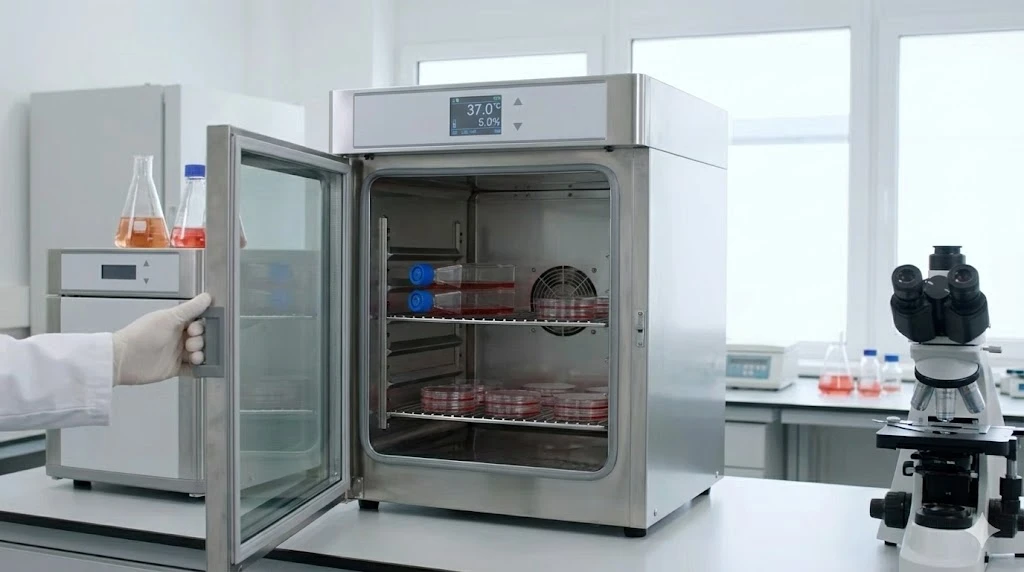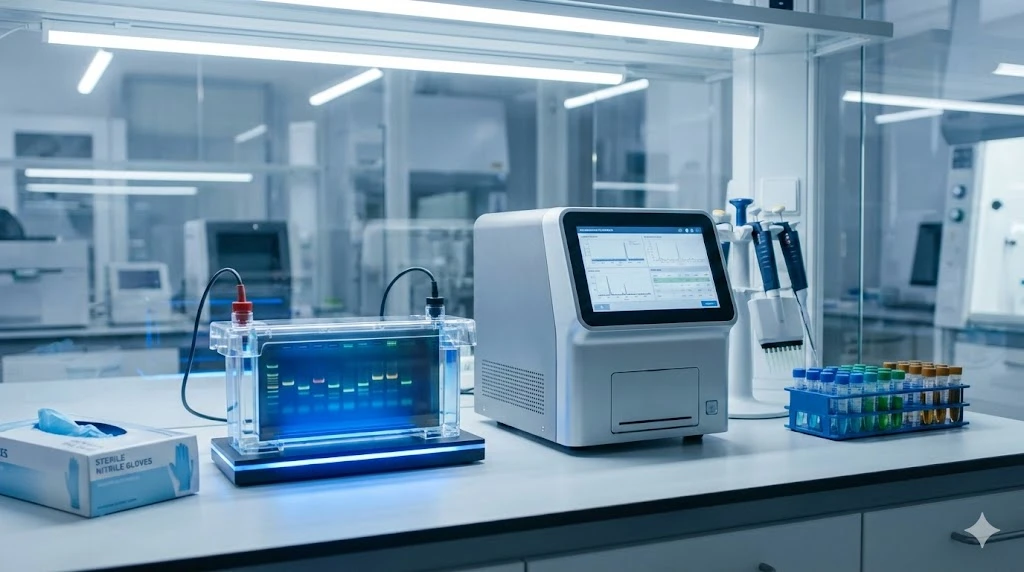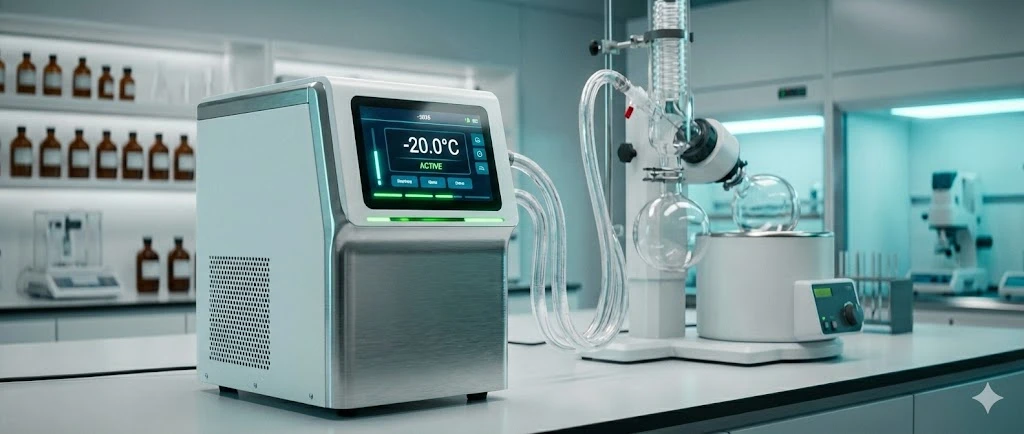Mastering Atmospheric Pressure Chemical Ionization (APCI) in Mass Spectrometry

ImageFX (2025)
Atmospheric Pressure Chemical Ionization (APCI) stands as a cornerstone technique in the realm of mass spectrometry (MS), offering a robust and versatile approach to analyzing a wide array of compounds. As a "soft ionization" method, APCI excels at generating molecular ions with minimal fragmentation, providing invaluable insights into the intact molecular weight of analytes. This guide delves into the fundamental principles, operational mechanisms, diverse applications, and distinct advantages that make APCI an indispensable tool in modern analytical laboratories, from pharmaceutical research to environmental monitoring.
What is APCI? Understanding the Core Ionization Principle
At its heart, APCI is a sophisticated ionization technique that operates at atmospheric pressure, distinguishing it from vacuum-based methods. It leverages gas-phase ion-molecule reactions to convert neutral analyte molecules into detectable ions. This process typically begins with a solvent spray, which acts as the primary source of ions. The technique is particularly well-suited for compounds that are:
Polar to moderately non-polar: It bridges the gap between highly polar analytes (often suited for Electrospray Ionization, ESI) and very non-polar ones.
Thermally stable: The method involves heat, so analytes must withstand moderate temperatures without degrading.
Molecular weights under 1500 Da: While versatile, it generally performs best with smaller to medium-sized molecules.
APCI has proven exceptionally effective for the rapid screening of trace compounds across various matrices. Its utility spans a broad spectrum of applications, including the detection of steroids, pesticides, food adulterants, and a myriad of analytes crucial for biomedical research and drug development.
The Mechanics of APCI: How Ions are Formed and Transferred
The physical design of an APCI source is ingeniously engineered to facilitate efficient ionization and ion transfer. It typically comprises three critical components: a nebulizer probe, an ionization corona discharge needle, and an ion transfer region. Let's break down the journey of an analyte through this system:
Sample Introduction and Nebulization: The analyte solution, whether from a direct injection source or an LC (Liquid Chromatography) eluate, is introduced into the nebulizer probe. A standard flow rate, typically between 0.2 and 2.0 mL/min, is maintained. Simultaneously, a nebulizer gas, most commonly nitrogen, flows alongside the analyte. This co-flow generates a fine spray of droplets.
Mist Formation and Vaporization: In combination with heat applied to the nebulizer, these fine droplets rapidly desolvate and vaporize, forming a gas-phase mist stream containing the analyte molecules. This early desolvation is key to minimizing thermal degradation.
Corona Discharge Ionization: As this gas-phase mist enters the ionization region, it encounters the corona discharge electrode. This needle, under a high potential (typically 2-3 kV), generates a corona discharge. This discharge creates primary ions from the solvent molecules, which then react with the neutral analyte molecules to form analyte ions.
Positive Ion Mode: In the presence of protic solvents (e.g., water, methanol), protonated molecules
[M+H]+ are commonly formed.Negative Ion Mode: With appropriate mobile phase additives, deprotonated molecules
[M−H]− or adduct ions can be generated.
Ion Transfer to Mass Analyzer: Once ionized, these analyte ions are then guided through a series of ion focusing lenses. These lenses efficiently transport the ions from the atmospheric pressure region into the high-vacuum environment of the mass analyzer, where they are separated and detected based on their mass-to-charge ratio.
A significant advantage of APCI over other chemical ionization techniques is its independence from a heated filament. Instead, the robust corona discharge handles the ionization, making it compatible with a wider range of gases, including corrosive or oxidizing ones, and enabling operation at atmospheric pressures.
Versatile Applications of APCI in Science and Industry
The unique characteristics of APCI have led to its widespread adoption across numerous scientific disciplines and industrial sectors. Its compatibility with various chromatographic techniques, particularly LC-MS and GC-MS, has cemented its role as a powerful analytical tool.
Key application areas include:
Drug Discovery and Development: APCI is a method of choice in the early stages of drug development, particularly for compound and metabolite screening. Its sensitivity, coupled with the accuracy and precision of modern LC-MS/MS platforms, allows for rapid identification and quantification of new chemical entities and their metabolic pathways.
Environmental Monitoring: The ability to screen trace compounds makes APCI invaluable for detecting pesticides, pollutants, and other environmental contaminants in water, soil, and air samples.
Food Safety and Authenticity: APCI is employed to identify food adulterants, natural toxins, and residues, ensuring the safety and quality of food products.
Biomedical Research: Beyond drug development, APCI facilitates the analysis of endogenous compounds like steroids and polar lipids, contributing to a deeper understanding of biological processes and disease states.
Natural Product Analysis: Researchers utilize APCI to characterize and quantify natural substances from plant extracts and other biological sources.
Explore our full guide on mass spectrometry techniques to see how APCI fits into the broader analytical landscape.
Key Advantages and Considerations for APCI Mass Spectrometry
APCI offers a multitude of advantages that contribute to its versatility and widespread use:
Efficient Ionization: The high collision frequency at atmospheric pressure leads to highly efficient ionization, resulting in excellent signal intensity and sensitivity.
Reduced Fragmentation (Soft Ionization): Because desolvation and vaporization of liquid droplets occur early in the ionization process, thermal decomposition is significantly reduced. This minimizes fragmentation, preserving the molecular ion and simplifying spectral interpretation, which is crucial for molecular weight confirmation.
High Flow Rate Compatibility: Unlike some other techniques, APCI is compatible with high liquid flow rates (e.g., up to 2 mL/min) directly from standard LC columns, eliminating the need for complex nanoflow splitting systems. This simplifies method development and increases throughput.
Broad Solvent Compatibility: A notable advantage over Electrospray Ionization (ESI) is APCI's compatibility with a wider range of solvents, including non-polar solvents, in addition to polar ones. This extends the analytical scope, allowing for the analysis of compounds that might not ionize efficiently in ESI.
Robustness: The corona discharge mechanism is robust and less susceptible to matrix effects compared to some other ionization sources.
While highly versatile, APCI does have specific considerations:
Thermal Stability Requirement: Analytes must be thermally stable to withstand the heated nebulizer environment. Compounds that are prone to thermal degradation may undergo unwanted fragmentation or decomposition.
Molecular Weight Limit: While effective for many compounds, it is generally limited to analytes with molecular weights under 1500 Da.
Despite these limitations, APCI remains an exceptionally well-suited technique for the rapid analysis and screening of a diverse and important range of compounds, making it a critical tool in various analytical workflows.
Ready to enhance your lab's analytical capabilities? Discover a wide selection of APCI mass spectrometry instruments and accessories at LabX.
Frequently Asked Questions (FAQ)
Q1: What types of compounds are best suited for APCI mass spectrometry? APCI is ideal for polar to moderately non-polar, thermally stable compounds with molecular weights typically under 1500 Da. This includes a wide range of pharmaceuticals, pesticides, steroids, and environmental contaminants.
Q2: How does APCI differ from Electrospray Ionization (ESI)? The primary distinction lies in their ionization mechanisms and solvent compatibility. ESI is best for highly polar, non-volatile compounds and relies on pre-formed ions in solution, while APCI utilizes gas-phase ion-molecule reactions and is compatible with both polar and non-polar solvents, making it more versatile for compounds that are less polar or require higher flow rates.
Q3: Is fragmentation common in APCI? No, APCI is considered a "soft ionization" technique, meaning it typically produces minimal fragmentation, primarily yielding intact molecular ions. Any observed fragmentation is usually due to thermal degradation within the heated nebulizer rather than the ionization process itself.
Q4: Can APCI be used with both LC-MS and GC-MS? Yes, APCI has seen widespread and successful use as an ionization source for both Liquid Chromatography-Mass Spectrometry (LC-MS) and Gas Chromatography-Mass Spectrometry (GC-MS applications, offering high sensitivity and broad applicability across different chromatographic separations.

